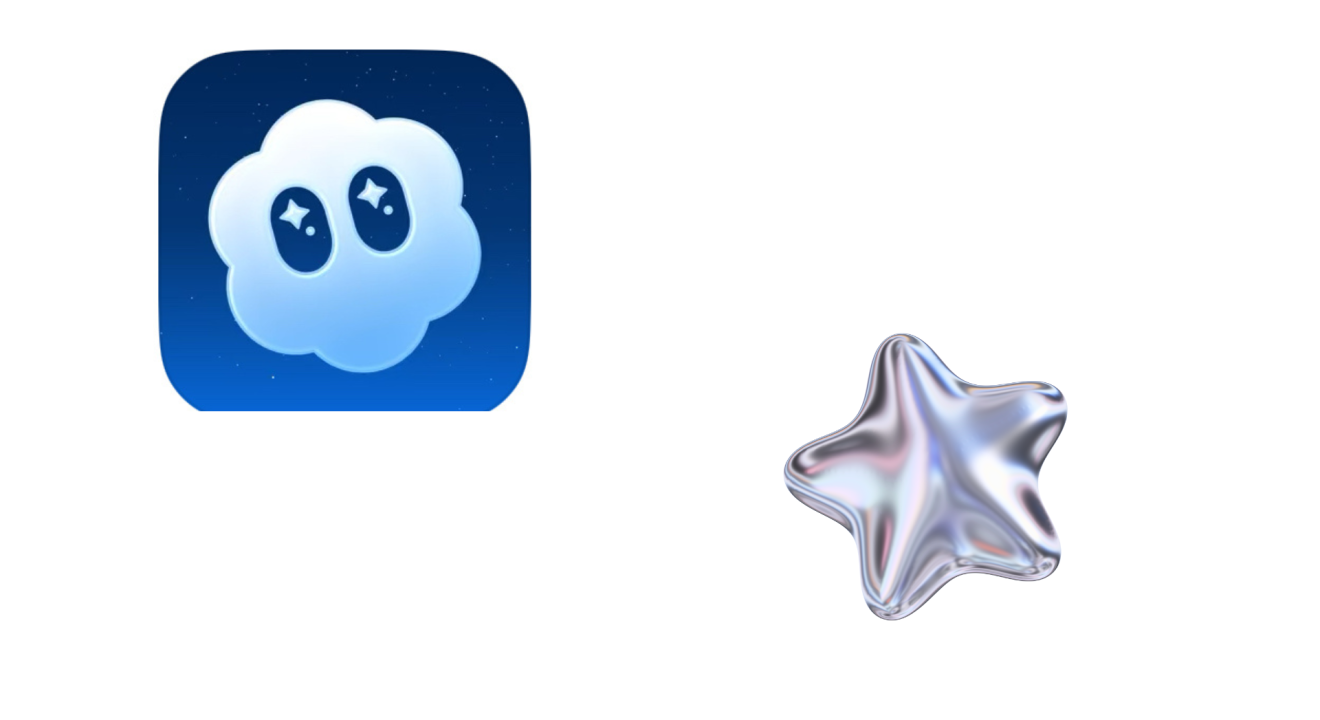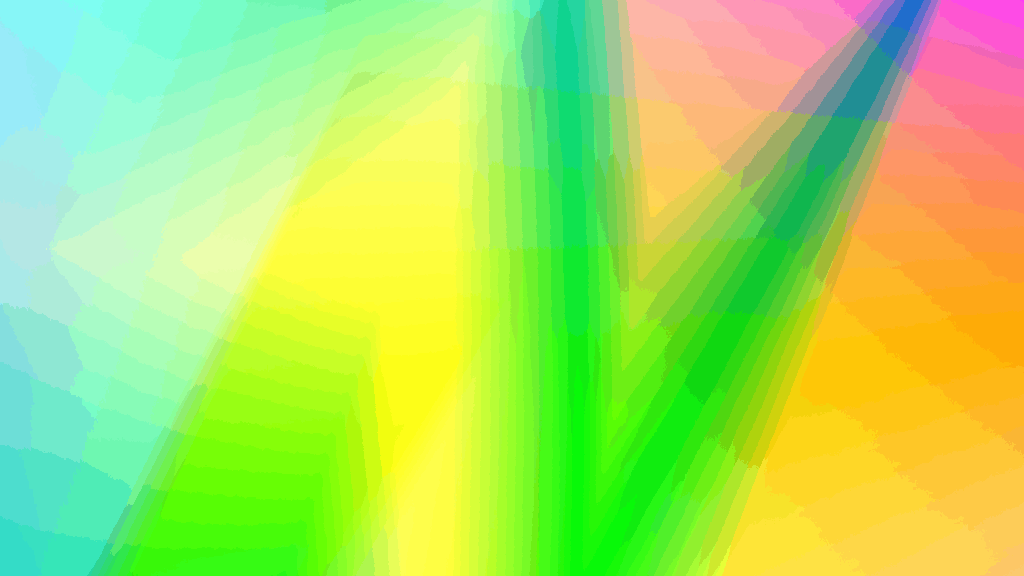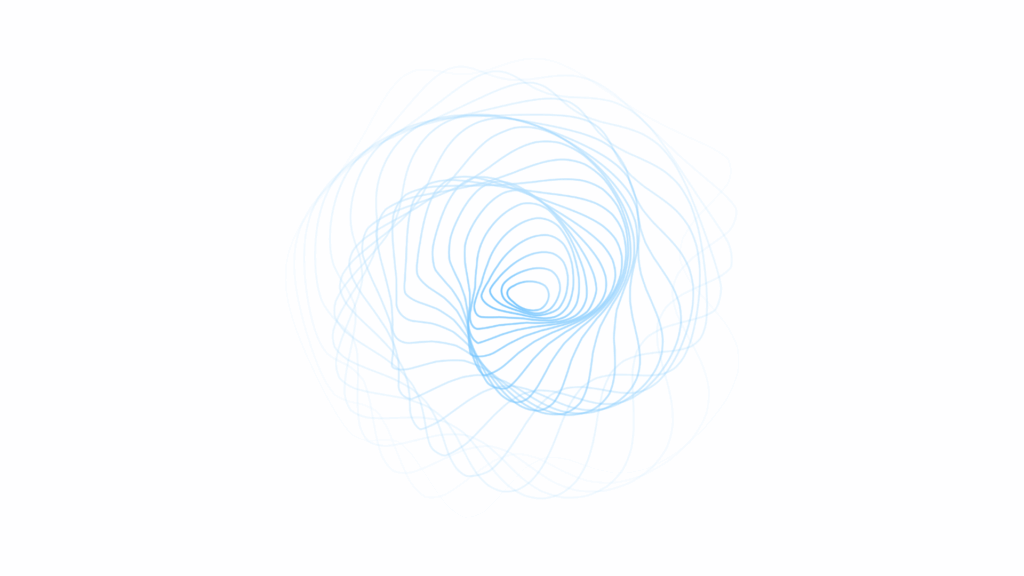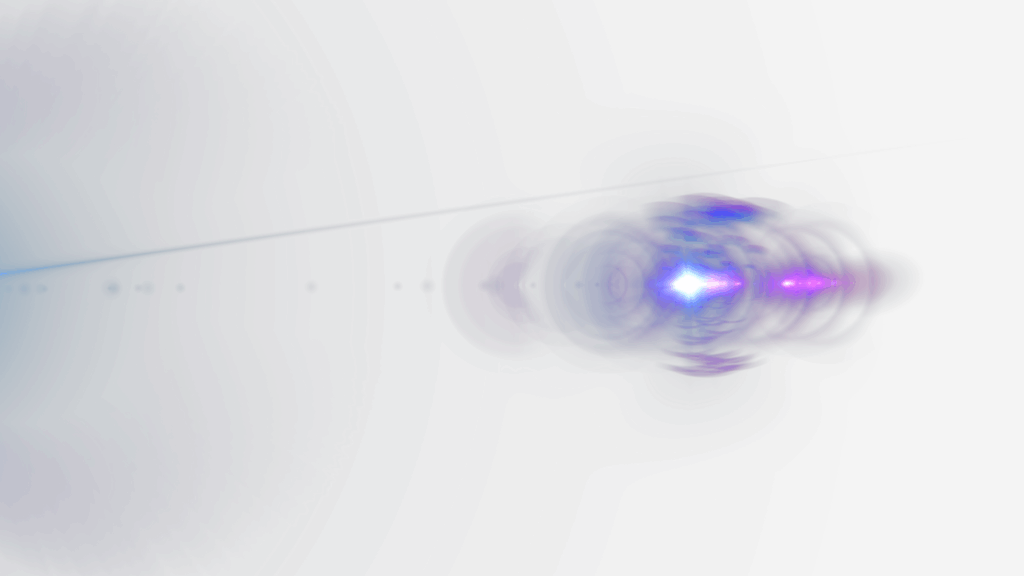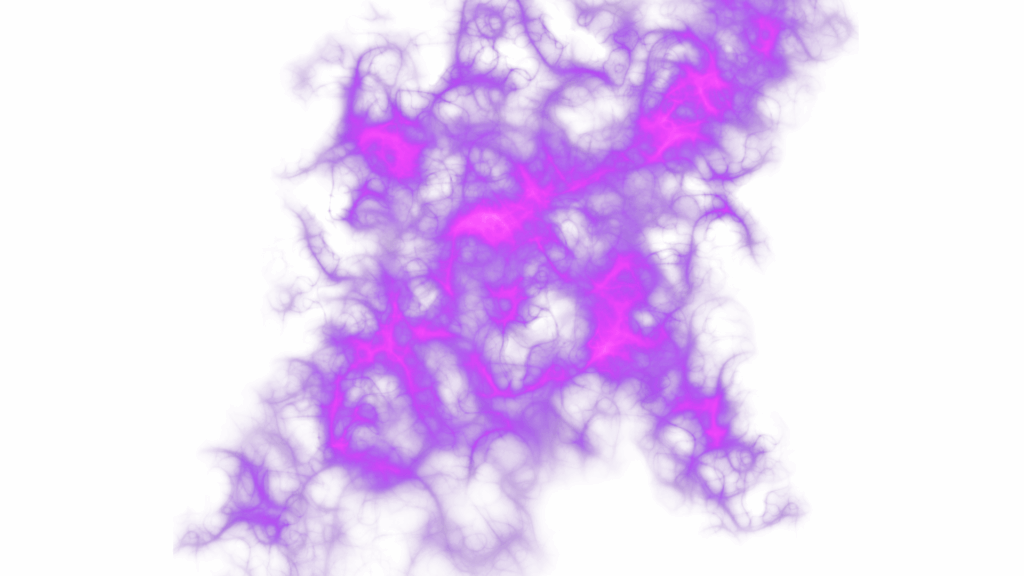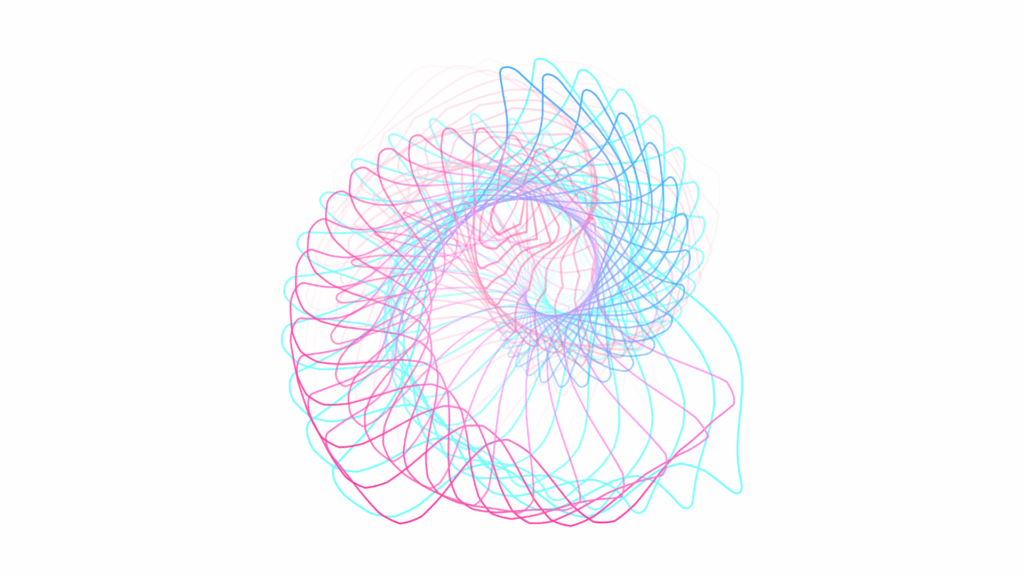When OpenAI released Sora 2, it immediately reignited debate about the role of generative video in creative workflows. Social feeds lit up with demos: cinematic sequences, fluid motion, dreamlike imagery. The excitement is understandable. Sora 2 marks a step forward in the field and shows how far video generation has come in a short span of time.
But hype and production reality are not the same thing. Once we move beyond the first impression and analyze the model more closely, the picture becomes more nuanced. Sora 2 is powerful, but its trade-offs matter—especially for professional creators, brands, and marketing teams who need reliability and control, not just spectacle.
Resolution and Fidelity: Still Behind the Benchmark
On the surface, Sora 2 produces coherent scenes, but when benchmarked against Google’s Veo 3, the gap in quality becomes clear. Resolution is lower, textures blur at close range, and sharpness is inconsistent across frames.
For casual or experimental use, these weaknesses might not be deal breakers. A viral clip on TikTok or an experimental short can thrive on novelty alone. But in production pipelines where visual fidelity is non-negotiable, these shortcomings make Sora 2 less viable. High-resolution and texture stability are critical when content is destined for professional campaigns.
Reference Accuracy: The Unsolved Problem
Perhaps the most glaring issue is reference consistency. Generative video still struggles to maintain stable appearances for faces, logos, and product assets across multiple frames or clips. Characters may subtly drift, logos deform, and objects mutate over time.
For entertainment, audiences can overlook these glitches. For brands, they are unacceptable. Marketing campaigns rely on continuity. A distorted logo or off-brand color palette does more than distract—it erodes trust. This remains the single biggest barrier to integrating models like Sora 2 into professional brand storytelling.
Physics and Spatial Coherence: Real Progress
Where Sora 2 shines is in motion and physics. Movement feels more fluid than earlier generations. Objects interact more naturally with their environments. Spatial layouts are coherent, and physical plausibility is noticeably stronger.
This progress matters. Immersive, physically believable motion unlocks new storytelling possibilities and allows for richer creative experimentation. While Sora 2 may not yet meet fidelity standards, its advancements in physical realism suggest a clear trajectory toward more robust cinematic potential.
Implications for Creators and Brands
Taken together, these strengths and weaknesses define Sora 2’s current role in the creative ecosystem.
- For low-stakes, playful, or ideation-driven content, Sora 2 is more than sufficient. It opens doors for experimentation, viral short-form formats, and early-stage concepting.
- For professional creators and brand marketers, the limitations are more consequential. Campaigns demand repeatability and brand-safe consistency. A one-off demo is not enough—reliability across assets and outputs is essential.
The conclusion is straightforward: generative video is powerful as a creative stimulus, but brand-grade content still requires workflows anchored in real assets, strong brand identity, and structured storytelling. Without these elements, AI video remains too volatile to carry the weight of professional campaigns.
Hybrid Workflows: The Real Future of Creative AI
Much of the current debate frames the future of video as a competition between AI generation and traditional editing. In reality, the future is not binary. It is hybrid.
The next wave of tools will not ask creators to choose between raw generative power and controlled editing environments. Instead, the winning systems will merge both. They will provide the imaginative flexibility of AI while grounding outputs in brand assets, narrative control, and repeatable consistency.
This hybrid future reflects a larger truth about creative industries. Demos win headlines. Sustained creative integrity wins adoption.
Closing Thoughts
Sora 2 is an impressive step forward, especially in physics and motion coherence. But its weaknesses in fidelity and reference stability mean it is not yet ready for professional brand use. For now, it is best understood as a tool for inspiration and exploration rather than a replacement for structured production workflows.
The real race is not about who can generate the flashiest demo. The real race is about who can build systems that deliver trust, consistency, and scalable creative integrity. That will determine whether generative video becomes a fleeting novelty or a cornerstone of professional content creation.


